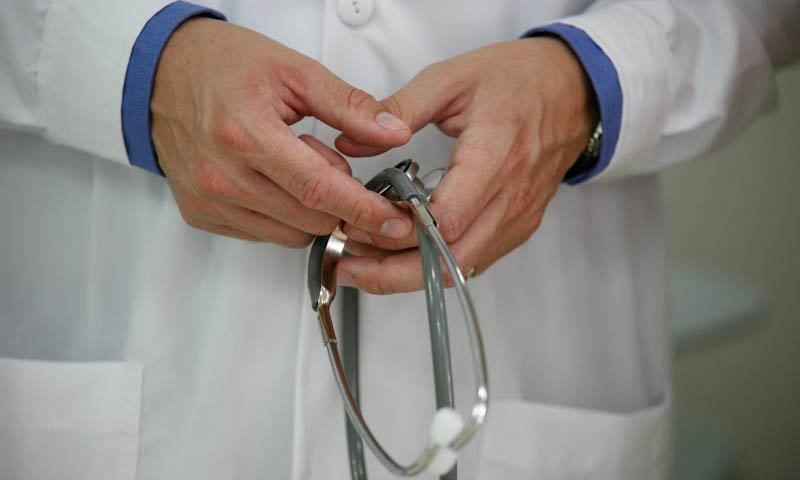The impact of light-emitting diode (LED) technology on our lives is becoming even more felt. As LED popularity continues to rise, more industries outside of lighting, architecture and design are finding uses for this wonderful innovation such as agriculture, automotive, and even wireless communications, to name a few. But one industry that sees more LED adoption than others in the coming years is health care.
Below are a few examples that prove LEDs aren’t just for creating brighter homes, but also brighter lives.
Diagnosis
Diagnosis is a very important procedure in health care, and LEDs are improving the way they are made. One characteristic that helps with this is that LEDs emit high CRI white lighting, which is important in detail-heavy applications like physical examinations and microscopy. Most LED builds are also waterproof, which is why they are widely used in non-invasive diagnostic procedures e.g. endoscopy and colonoscopy.
Surgery
Just like diagnosis, surgical procedures also demand ample lighting, which is something that the high CRI light of LEDs can provide. With its inherently high lumen output that is directional, LEDs can fill an operating room’s ambient and task lighting needs. Additionally, LEDs don’t emit too much heat allowing for better temperature control of the operating room, which is critical to a successful surgery.
Pain relief
In addition to a healthier mind, LEDs can also promote a healthier body. In 2003, the National Aeronautics and Space Administration (NASA) found that cells exposed to near-infrared light from LEDs regenerate at 150 to 200 percent much faster than under normal conditions. Today, LEDs are being used for pain relief, which is along the lines of NASA’s discovery years ago.
LEDS can emit infrared light, which at proper wavelengths can penetrate 40mm of skin to speed up cell regeneration and can treat minor muscle injuries, joint pains, and stiffness without employing invasive procedures. LED-based infrared light treatments also have no side effects, which makes them safe.
Facial and cosmetics
Just like with pain relief, cell regeneration through LEDs can also be used for cosmetic purposes. There are many clinics today that offer LED-based facial treatments, and these treatments are used for common facial skin problems like acne, wrinkles and dark spots. Aside from having no side effects, most of these treatments do not involve invasive procedures.
Even sun tanning beds are being taken over by LEDs. Compared to fluorescent lights, LEDs have a much cooler temperature, making sun tanning sessions more comfortable.
Pulse Oximetry
A non-invasive way of measuring a person’s oxygen saturation, pulse oximetry is used to find out if enough oxygen is being sent throughout the body. This is made possible by including LEDs in the device; the LED light measures deoxygenated hemoglobin by passing two wavelengths of light through a body part e.g. thumb.
Portable LED-based oximetry devices are now being marketed to consumers, with the devices continuously becoming even more compact even as prices continue to drop.
LEDs are becoming an important part of health care technology, and it’s changing the way we see medical procedures. Health care is essential to maintaining our quality of life, and with LEDs taking over, we are now seeing its impact. It’s not too long now before we see LEDs dominate the healthcare industry.


